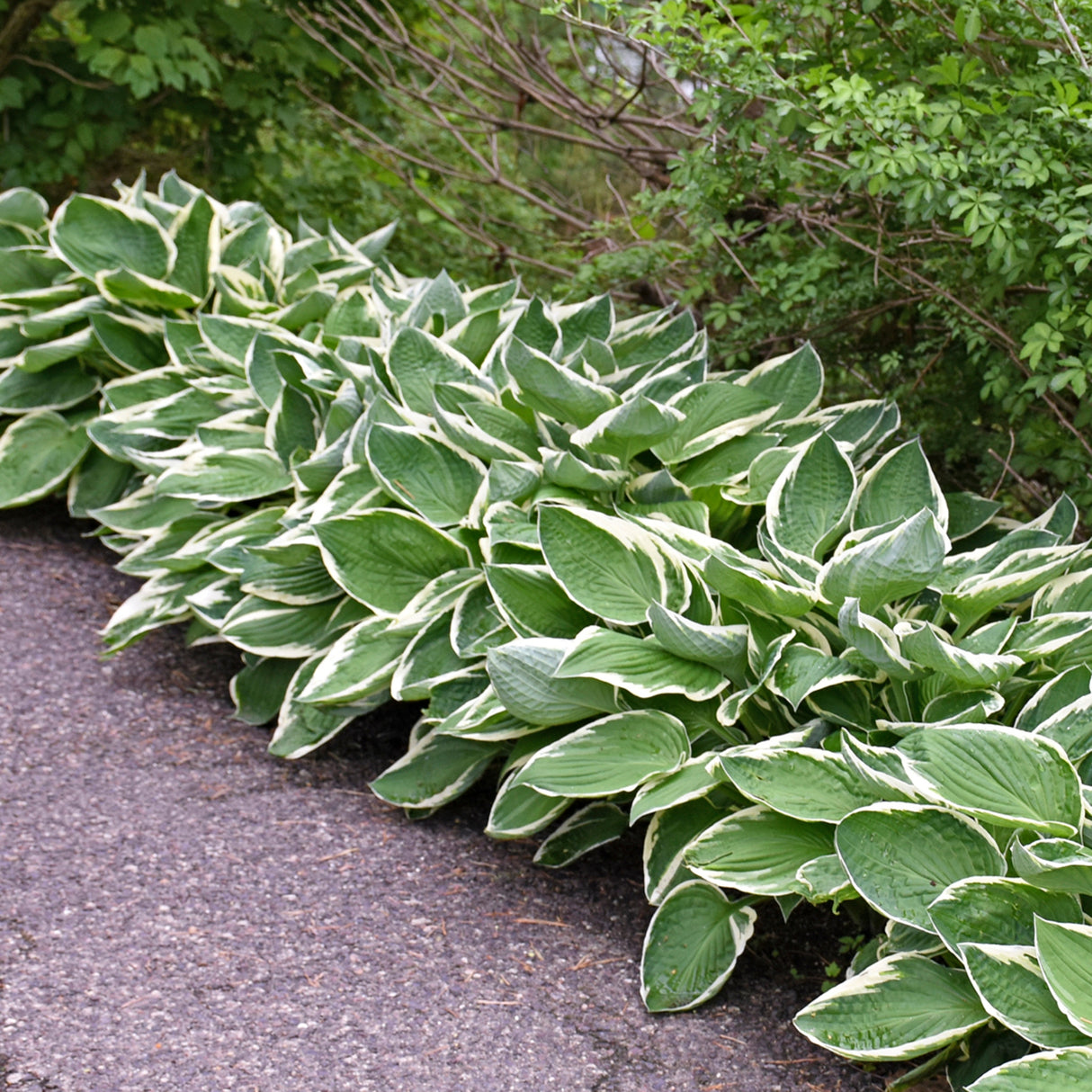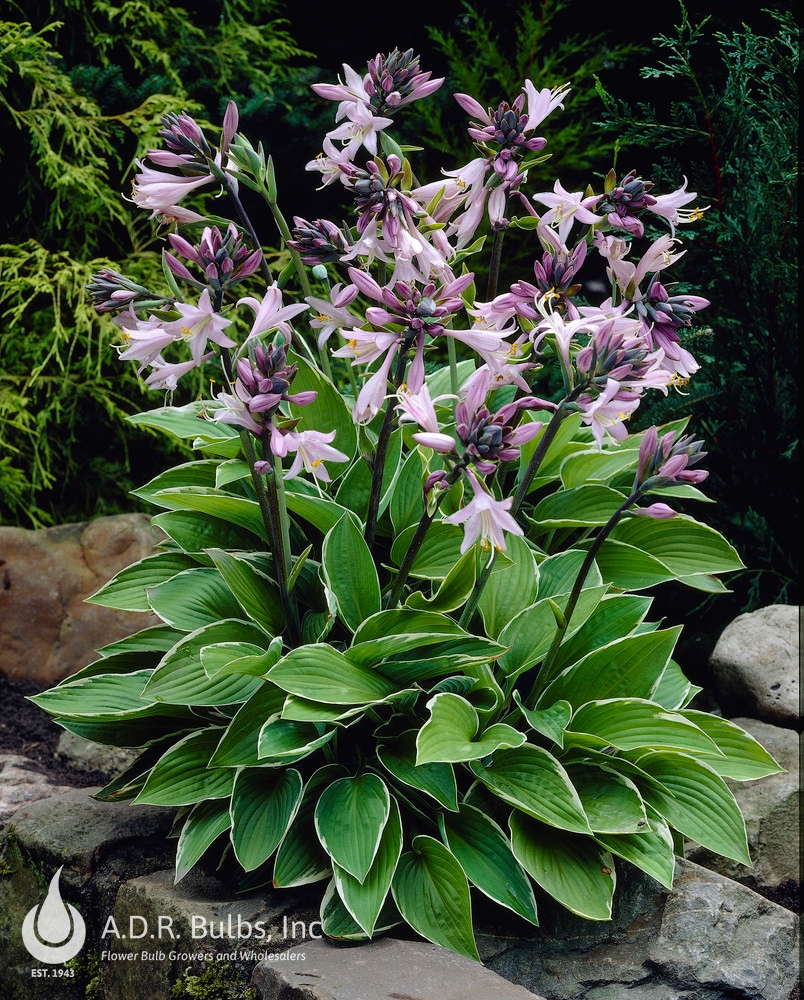The hosta Francee: A Gardener’s Delight
The Hosta Francee, a captivating cultivar within the diverse world of hostas, stands out with its unique foliage and enduring popularity among gardeners. This article delves into the fascinating characteristics, cultivation tips, and the allure of this remarkable plant.
A Tapestry of Colors and Textures
The Hosta Francee is renowned for its distinctive foliage, a mesmerizing blend of colors that shift and change throughout the growing season. The leaves often exhibit a striking combination of white, cream, or yellow variegation against a backdrop of deep green. This variegation can be bold and dramatic, creating a stunning visual impact in any garden.

Beyond its captivating colors, the foliage of the Hosta Francee boasts a unique texture. The leaves are typically thick and substantial, often displaying a slightly puckered or corrugated surface. This adds another layer of visual interest and contributes to the plant’s overall appeal.
A Versatile Performer in the Garden
The Hosta Francee is a remarkably versatile plant, adaptable to a wide range of garden settings. Its compact size and slow growth habit make it an ideal choice for smaller gardens, where it can be used to create stunning borders, edging, or groundcover.
In larger gardens, the Hosta Francee can be effectively incorporated into mixed borders, where its vibrant foliage provides a striking contrast to other plants. It pairs beautifully with ferns, astilbes, and heucheras, creating a harmonious and visually pleasing display.

The Hosta Francee also thrives in shady areas of the garden, where many other plants struggle to flourish. This makes it an invaluable asset for those seeking to add color and texture to shady corners, woodland gardens, or beneath deciduous trees.
Cultivation and Care
Cultivating the Hosta Francee is relatively straightforward, making it an excellent choice for both novice and experienced gardeners. Here are some key considerations:
Soil: Hostas prefer rich, well-drained soil that is consistently moist but not waterlogged. Amend the soil with organic matter such as compost to improve drainage and fertility.
Pests and Diseases
Hostas are generally low-maintenance plants, but they can be susceptible to certain pests and diseases.
Slugs and Snails: These mollusks can cause significant damage to hosta foliage. Handpicking, beer traps, or commercially available slug baits can help control these pests.
The Allure of the Hosta Francee
The Hosta Francee captivates gardeners with its unique blend of beauty, versatility, and ease of care. Its stunning foliage, with its captivating interplay of colors and textures, adds a touch of elegance and sophistication to any garden.
Moreover, the Hosta Francee’s adaptability makes it a valuable asset for gardeners of all levels. Whether you’re a seasoned horticulturist or a novice gardener, the Hosta Francee offers a rewarding and enjoyable growing experience.
Beyond its aesthetic appeal, the Hosta Francee offers a sense of tranquility and peace. Observing the subtle shifts in color and texture throughout the growing season provides a meditative experience, connecting gardeners with the rhythms of nature.
In conclusion, the Hosta Francee is a truly remarkable plant that deserves a place in every garden. Its captivating beauty, versatility, and ease of care make it a cherished companion for gardeners worldwide. By understanding its unique characteristics and cultivating it with care, you can enjoy the many rewards of this exceptional plant for years to come.
This article provides a comprehensive overview of the Hosta Francee, covering its key characteristics, cultivation tips, and the reasons behind its enduring popularity. By incorporating this information into your gardening practices, you can successfully cultivate this remarkable plant and enjoy its beauty for many years to come.
hosta francee plant
